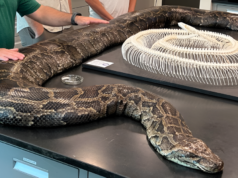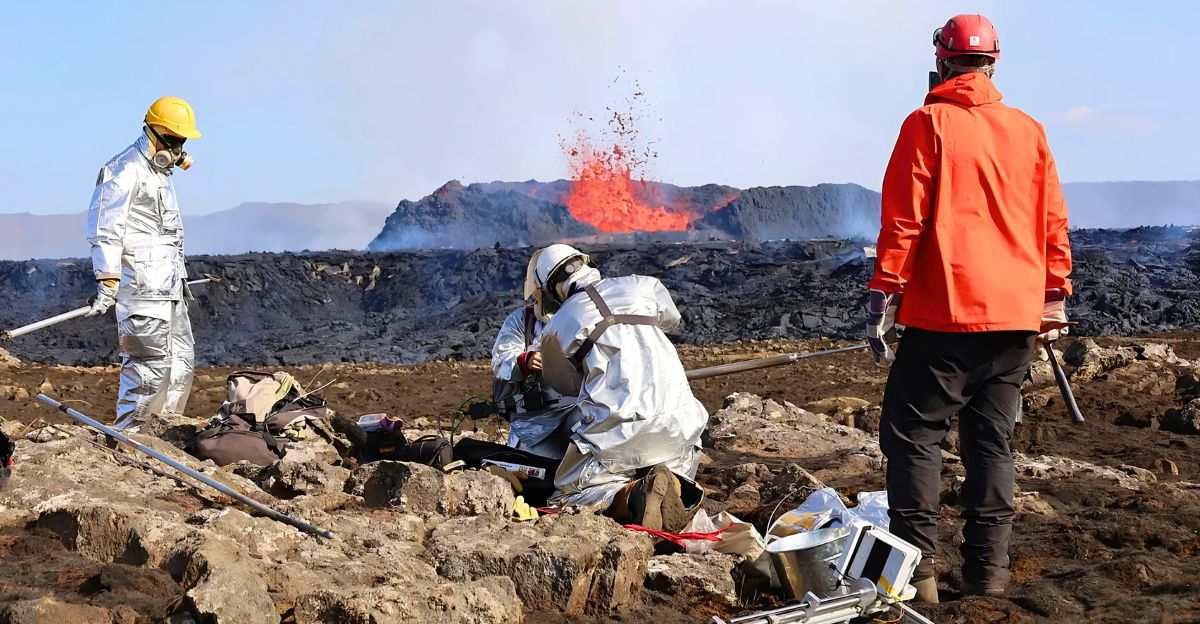
When earthquakes hit, people often start getting concerned about the bigger picture behind it all. Over the past week, Mount Rainier has been rattled by a swarm of hundreds of small earthquakes. These earthquakes have made up the most significant swarm since 2009, sparking concern and curiosity among scientists and the public.
While most of these quakes have been too minor to be felt at the surface, their sheer number and rapid succession have prompted heightened surveillance and speculation about what might be happening deep beneath the mountain’s icy summit.
The Largest Swarm in 16 Years

Since July 8, more than 330 earthquakes have been detected, with some periods registering dozens of tremors per hour. The 2009 swarm, which previously held the record, saw over 1,000 small quakes in just three days, but the current episode has exceeded it in terms of energy released and the activity rate.
“It is the most significant event since we have been having monitoring equipment at Mount Rainier. We have to remember Mount Rainier is really old. We’ve only been monitoring it for 40, maybe 50 years now. So just because it’s the most significant one we’ve seen on equipment doesn’t mean this hasn’t happened in the past prior to 2009,” said Alex Iezzi, research geophysicist at USGS Cascades Volcano Observatory.
The Earthquake Swarm
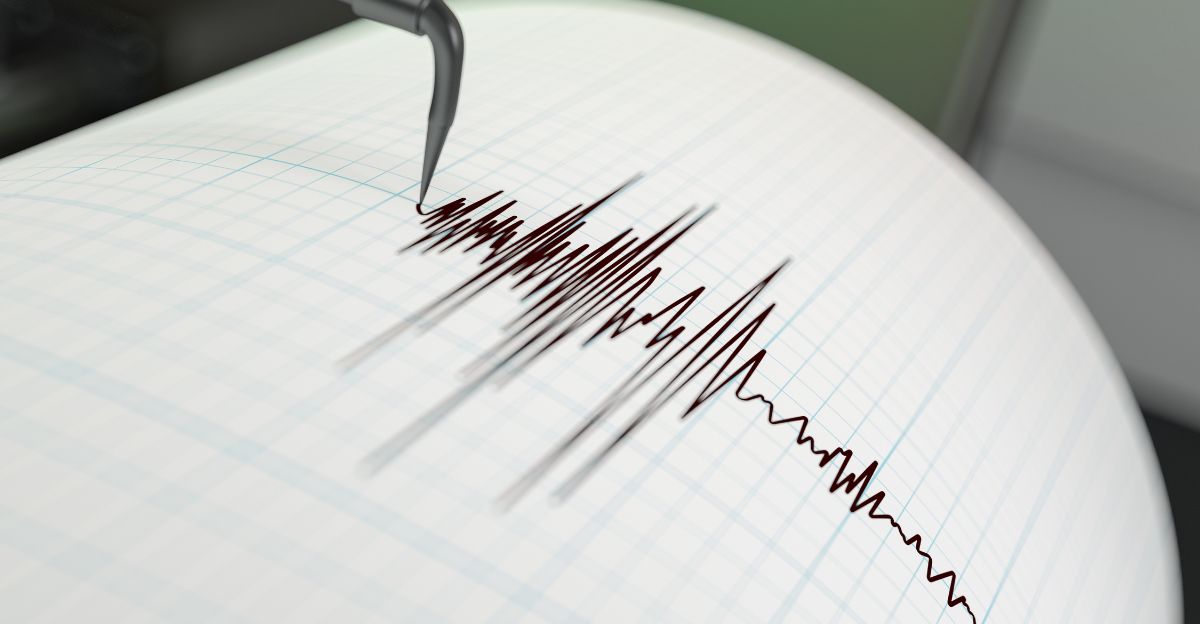
It all began in the early hours of July 8, 2025, with seismic stations detecting a rapid burst of activity beneath the volcano’s summit. Over just two days, more than 330 earthquakes were recorded. On July 8, these earthquakes peaked when they surged to 26 per hour before gradually tapering off to just a few per hour by July 10. Most of these quakes were small, with the largest reaching a magnitude of 2.3, and were located between 1.5 and 4 miles beneath the summit.
“Right now, we’re kind of in triage mode, just making sure we’re monitoring and making sure we’re not leading towards an eruption. But we’re definitely going to learn a ton about Mount Rainier that we didn’t know beforehand, just based on the amount of events that are happening and the fact that our monitoring instrumentation is so much more than we’ve had in the past,” Iezzi said.
How the Data Is Collected

Mount Rainier is one of the most closely monitored volcanoes in the United States, thanks to a sophisticated network of scientific instruments and real-time data collection systems. The U.S. Geological Survey’s Cascades Volcano Observatory (CVO) and the Pacific Northwest Seismic Network (PNSN) have recently expanded this network, adding new broadband seismic stations and infrasound sensors to improve coverage and detection capabilities.
“Mount Rainier is well monitored by a dense network of seismic, infrasound, GPS, and webcam stations,” USGS said. “Cascades Volcano Observatory and PNSN will continue to monitor activity and issue additional notices as needed.”
What Causes Earthquake Swarms?
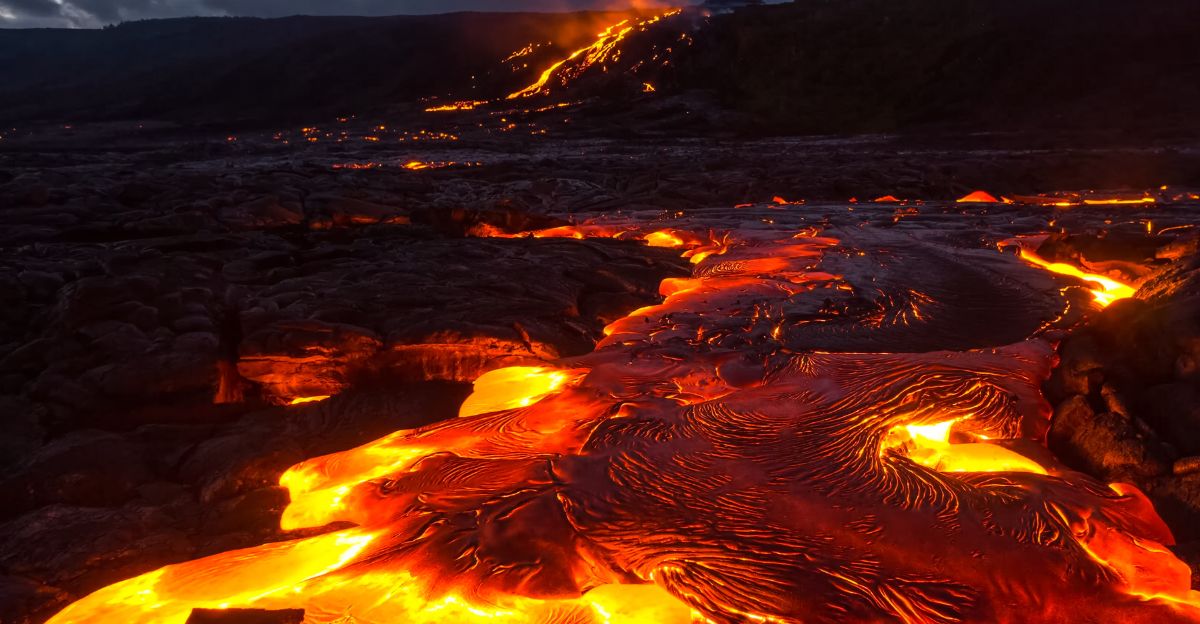
Earthquake swarms are typically triggered by the movement of fluids, like water, hydrothermal fluids, or magma deep within the Earth’s crust. In volcanic regions like Mount Rainier, these swarms are most often caused by hydrothermal fluids circulating through cracks and faults beneath the volcano, which can lubricate pre-existing faults and cause them to slip repeatedly.
“The cause of the swarm remains consistent with the circulation of fluids along pre-existing faults beneath the volcano, which is considered background activity at Mount Rainier,” officials wrote.
The Current Alert Level
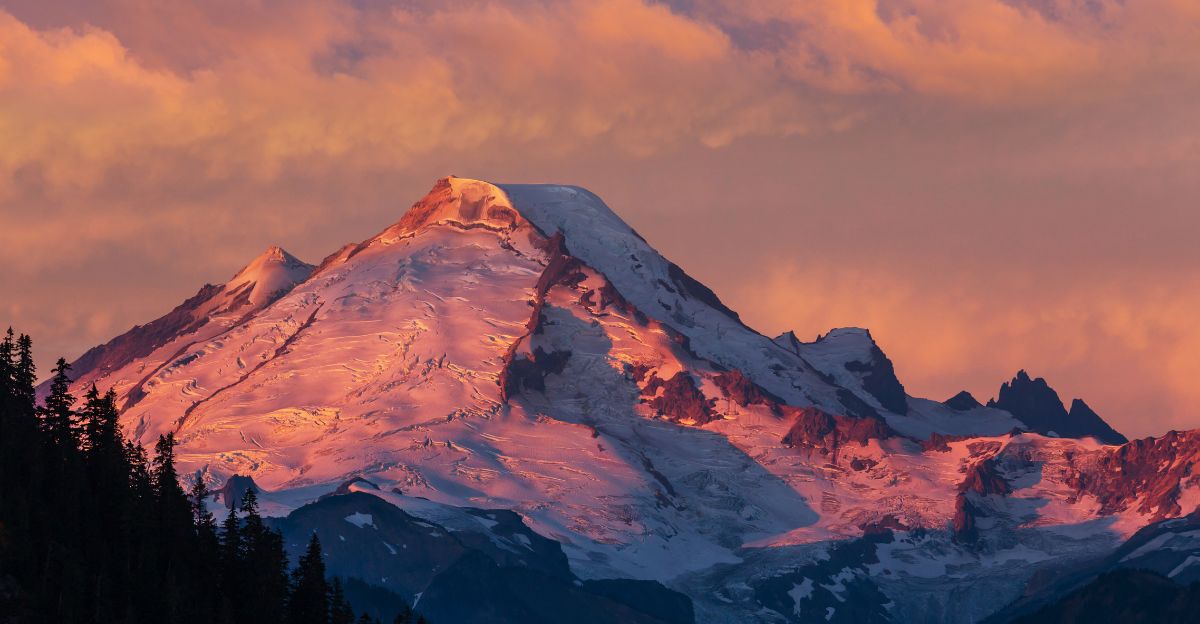
Despite the intensity and unusual size of the recent earthquake swarm, Mount Rainier’s current alert level remains at “Normal,” which is the lowest on the U.S. Geological Survey’s four-level scale. The aviation color code is also Green, indicating no immediate threat to air traffic or public safety. According to the Cascades Volcano Observatory, this type of seismic swarm is considered background activity for Mount Rainier and does not suggest an increased likelihood of eruption.
Are Eruption Fears Justified?

The U.S. Geological Survey and the Cascades Volcano Observatory have both stated that the swarm is consistent with the movement of hydrothermal fluids along preexisting faults and that there have been no signs of ground deformation, increased volcanic gas emissions, or other indicators of magmatic unrest.
“Currently, there is no indication that the level of earthquake activity is cause for concern, and the alert level and color code for Mount Rainier remain at GREEN / NORMAL,” the USGS news release stated.
How Common Are Swarms at Mount Rainier?

Earthquake swarms are actually a regular feature of Mount Rainier’s seismic activity, occurring about once or twice each year. Most of these swarms are relatively minor, involving far fewer earthquakes than the current episode, and typically go unnoticed by the public. On average, the volcano experiences about nine earthquakes per month.
What Would Signal a Real Eruption Threat?
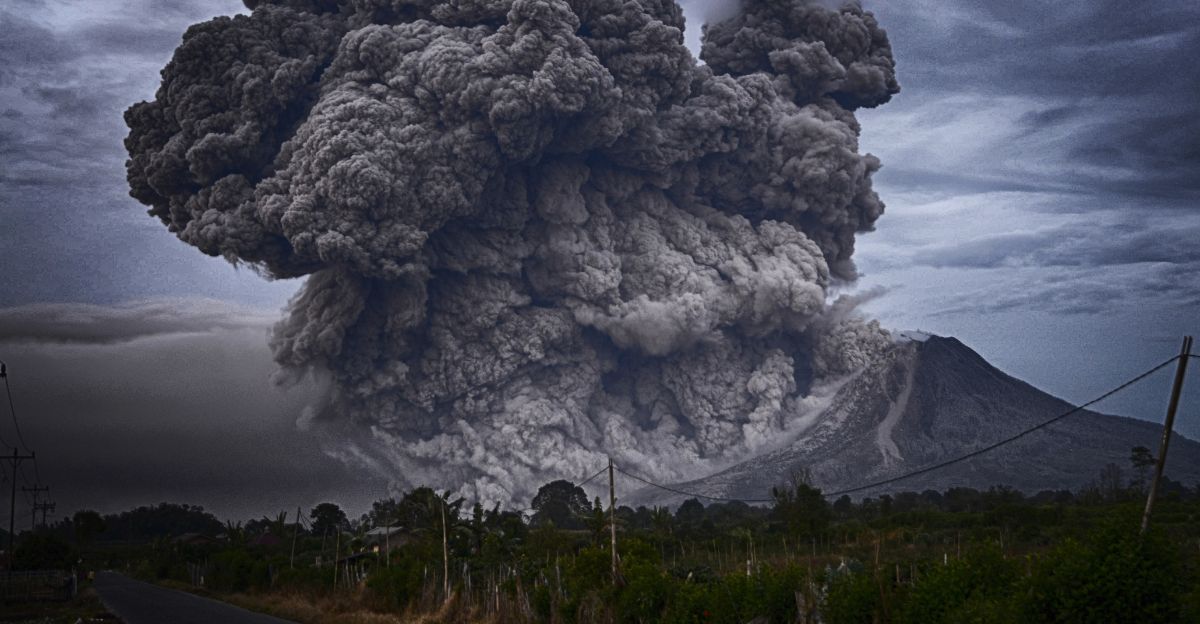
A genuine eruption threat at Mount Rainier would be signaled by a combination of specific, escalating changes detected by the volcano’s monitoring network. Scientists would look for a marked increase in the frequency and intensity of earthquakes, especially if these quakes become deeper, larger, or migrate upward beneath the volcano.
Alongside seismic changes, noticeable ground deformation, such as swelling or shifting of the volcano’s surface measured by GPS and tiltmeters, would indicate that magma is accumulating and pressurizing the crust. These indicators typically develop over days to months, providing valuable time for authorities to issue warnings and prepare for possible evacuations.
The Importance of Ongoing Research
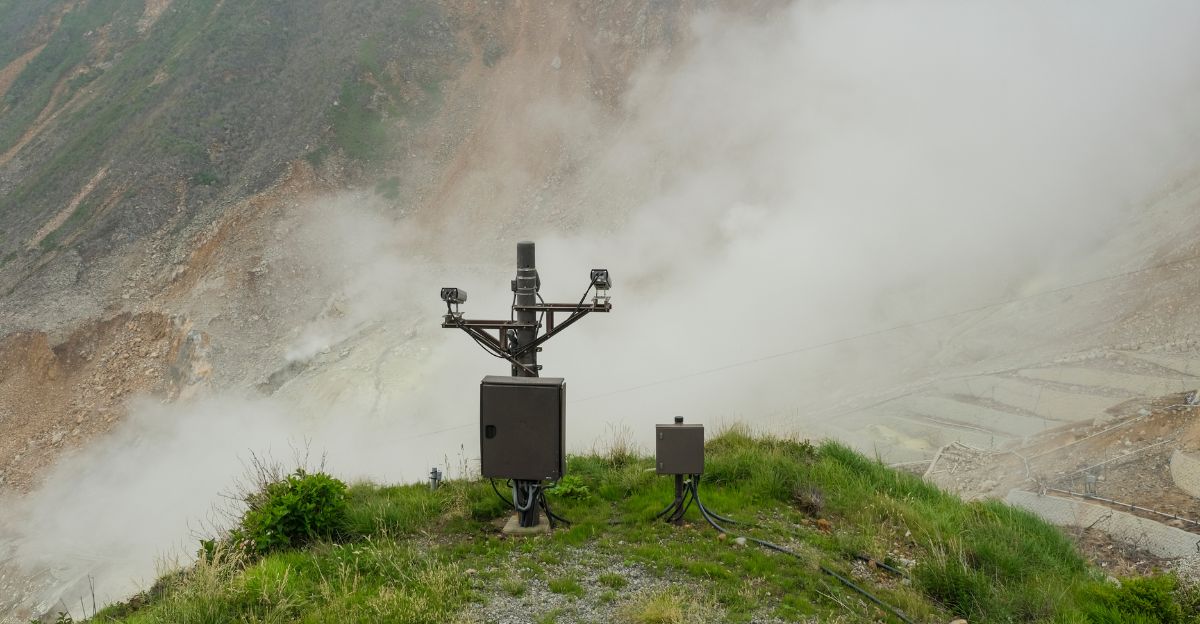
Continuous scientific study allows experts to track subtle changes in seismic activity, ground deformation, and gas emissions, providing early warning signs of potential hazards. Beyond immediate safety, ongoing research also sheds light on broader scientific questions, from climate change impacts to ecosystem resilience and the formation of mineral resources.
By maintaining and expanding research efforts, researchers protect the people most likely to be impacted by an eruption and gain a better understanding of these systems and how they work. As Dr. Renate Hartog of the Pacific Northwest Seismic Network said, “Seeing this many earthquakes in a short amount of time is unusual. But it’s not unheard of.”


